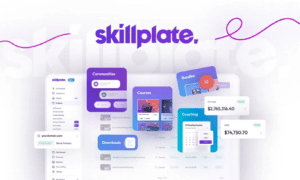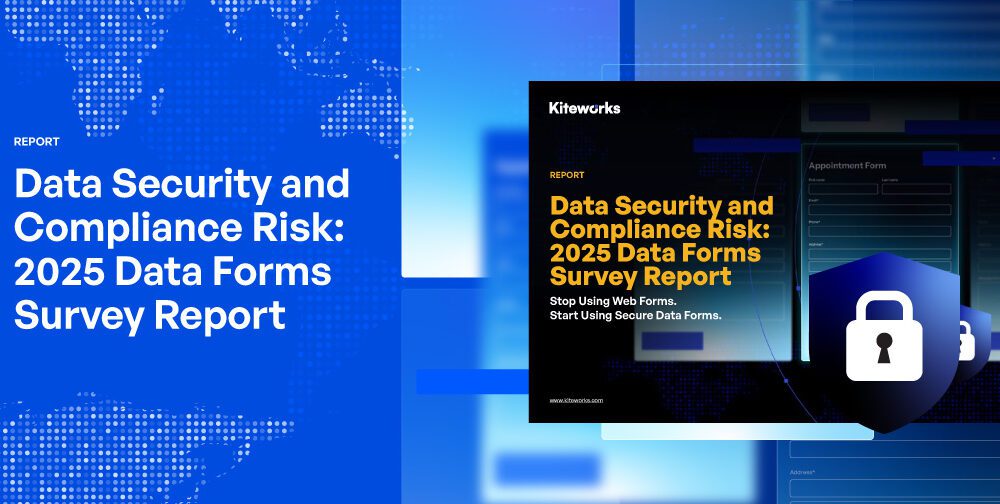Introduction
The business-to-business (B2B) marketing landscape is rapidly evolving. As new technologies transform buyer behavior and preferences, B2B marketers need to continuously adapt their strategies to engage their audience and drive growth.
Understanding key statistics around demographics, content consumption habits, and marketing channels provides invaluable directional insights. With data-backed strategies focused on relevance and value creation, success in the dynamic B2B space remains achievable.
This article analyzes recent research on target audience profiles, content effectiveness, preferred engagement platforms, and overall trends reshaping B2B marketing. Using these inputs, we outline executable tactics to help teams achieve their awareness, lead generation, and revenue growth goals amidst turbulence.
Understanding Your B2B Buyer Persona
The first step in any marketing process involves understanding your ideal customer profile (ICP). Delving into buyer demographics and preferences allows for the creation of tailored messaging and experiences.
Demographic Breakdown
Recent Artios’ data indicates that a majority of B2B buyers are between 26 and 45 years old. This tech-savvy group also holds key decision-making authority in their organizations.
Additionally, changing workplace dynamics have led to a rise in female decision-makers, according to various surveys. This highlights the need for messaging that resonates across genders during outreach.
An expanding remote workforce also means geographical boundaries are blurred. B2B marketing consequently needs to adapt to cultural nuances even as fundamentals remain consistent.
Psychographic Profiling
B2B buyers today conduct extensive independent research online before engaging vendors. They rely heavily on content assets like reports, case studies, and product literature to self-educate during initial evaluation stages.
This research focus means they appreciate insight-rich thought leadership that addresses industry issues over mere sales pitches. They also prefer value-based conversations centered around addressing specific pain points.
Additionally, with accessibility via multiple devices, buyers seamlessly intersperse online exploration across workdays. This allows them to keep abreast of developments persistently in the background.
Content Consumption Trends in B2B Marketing
With B2B buyers inundated with content, strategies need an edge. Current consumption patterns provide direction:
The Continued Rise of Video
Segments like Millennials respond better to multimedia formats. Firms are recognizing this by prioritizing video content—with 87% of B2B marketers already incorporating video content in campaigns, according to Wyzowl. Video allows showcasing products visually while simultaneously establishing thought leadership through a personal touch.
The Enduring Appeal of Long-Form Written Content
However, written content endures as a crucial pillar in engagement strategies. Well-researched whitepapers, insightful case studies, and practical eBooks continue to gain traction in establishing subject matter expertise. These long-form assets also best showcase data-backed value propositions.
Interactivity Breathes Freshness
Simply publishing static content has limited cut-through today in noisy environments. Savvy marketers consequently blend interactive elements within assets via online quizzes, expert Q&As, personalized report generators, etc. These create two-way engagement that proves more memorable for driving conversions.
B2B Marketing Strategies to Adopt in 2024
Based on target audience inclinations and ever-evolving content mediums, B2B marketers need strategies leveraging these effectively, including:
Continuous Value-Driven Content Creation
Neither audiences nor channels remain static. Consistently develop the latest perspectives into eBooks, case studies, and multimedia briefings that resolve audience challenges. Align content to their subscriber lifecycle stage – education, validation, or augmentation.
Account-Based Marketing (ABM)
Complement broad content strategies with hyper-targeted outreach to high-value accounts identified through ideal customer profiling. Research key decision-maker pain points before making personalized overtures across channels.
Pay-Per-Click (PPC) Optimization
Ensure brands rank prominently in search results for industry keywords. Bid strategically on pertinent keywords to keep the website discoverable. Participate in discussions on social platforms to allow organic discovery.
Social Selling On Networks Like LinkedIn
Today, business audiences are highly active on networks like LinkedIn. Develop specialized company pages sharing regular industry perspectives. Encourage employees to engage in groups to provide value while subtly highlighting expertise. Slowly nurture prospects.
Customer Relationship Marketing Via Email/CRM
Marketing today is a repeating touchpoint-driven process rather than a one-time conversion moment. Sustained engagement via email nurturing campaigns and integrated CRMs that retain prospect contact history keeps communication perpetual, helping accelerate decisions.
The B2B landscape promises complexity, but focused strategies rooted in value creation, relevance, and dialogue help cut through noise effectively to achieve sustainable customer acquisition and revenue growth year on year.
Choosing the Ideal B2B Marketing Agency Partner
Beyond internal organizational realignments, collaborating with specialized B2B marketing agencies offers skills, workforce, and creativity, accelerating growth. However, identifying apt partners warrants evaluation around:
Industry Experience
Opt for agencies with direct previous exposure to guiding companies within your specific vertical. This requisite insight confidently helps craft campaigns considering niche buyer motivations and terminology familiarity. Checking clientele and case studies quickly tests such expertise.
Creative Marketing And Content Chops
Assess if agencies exhibit flair across diverse content formats—from eBooks and videos to podcasts and interactive content, etc. Also, validate if ideas resonate uniquely without templatized overtones. Marketing involves balancing science and art.
Data And Tech-Led Approach
Given the quantified nature of B2B marketing, choose players who seamlessly harness data, analytics, and martech to streamline campaign management powered by actionable reporting. Ask about optimization protocols.
Account Management Transparency
Managing decentralized teams is complex. Probe account governance protocols regarding frequency, metrics-driven transparency, and openness, which demonstrate visibility into assigned resources, projects, and costs essential for trusting partnerships.
Cultural Sync And Communication
Day-to-day interactions matter greatly in achieving campaign visions, which require collaboration across agency and in-house teams. Ensure a philosophical match exists on values like ownership, shared goals, and decision transparency to enable seamless ideation.
Budget Alignment
Evaluate whether billed costs across campaign execution, account management, and strategy consulting reflect genuine value-adds rather than lopsided margins and unreasonable volume commitments that only benefit agencies. Signing fixed-fee project-based contracts first builds relationships.
Undertaking due diligence across the above considerations better positions identifying well-matched B2B marketing experts providing the right blueprint and implementation support for adeptly navigating today’s complex business growth needs.
Conclusion
B2B marketing dynamics evolve relentlessly, and technological shifts influence buyer attitudes and behaviors. However, focusing on core aspects—thoroughly understanding target audiences, creating tailored ENGAGING content addressing their needs, and distributing via optimized targeted channels—ensures fundamentals remain covered.
Over time, growth emerges through iterating on campaign Creative, branching into new formats, and personalizing messaging for relevance. With data, pragmatism, and an audience-first mindset, B2B brands will continue successfully navigating even 2024’s marketing landscape and beyond.



































